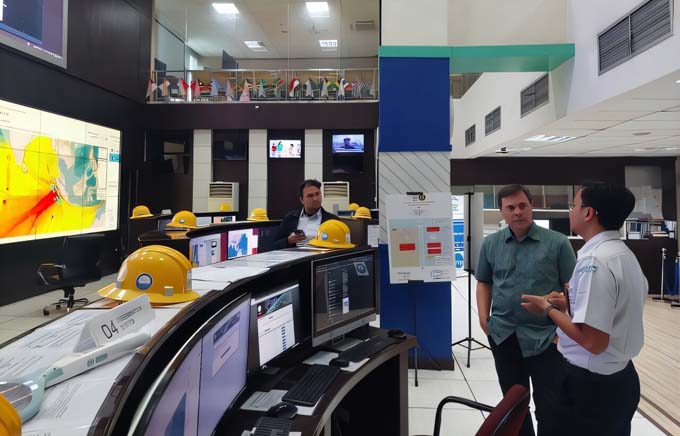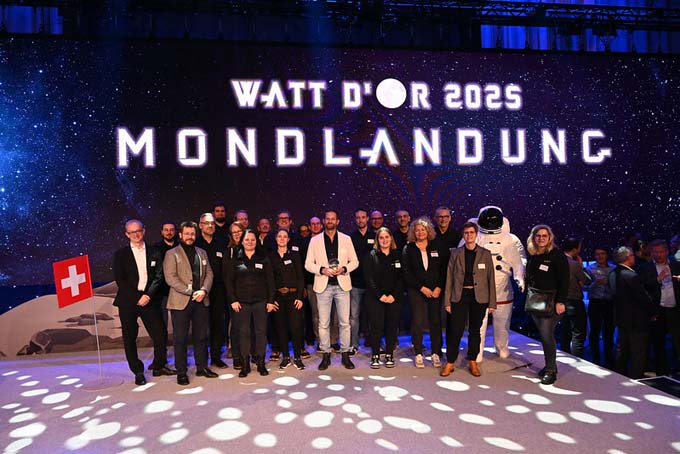CO2 target for new cars narrowly missed
By the end of 2015, new cars would have been allowed to emit an average of only 130 grams of CO2 per kilometer. Importers fell just short of this target.

Since July 1, 2012, CO2 emission regulations for new passenger cars have been in force in Switzerland - analogous to the EU. They oblige Swiss car importers to reduce the emissions of passenger cars registered for the first time for use in Switzerland. By the end of 2015, these should have been reduced to an average of 130 grams of CO2 per kilometer. Exceedances are penalized with a sanction levy. In 2015, these penalties totaled 12.6 million Swiss francs.
In the 2015 enforcement year, around 327,000 passenger cars (PW) were checked for compliance. These included new vehicles and those registered abroad for the first time less than 6 months before customs clearance in Switzerland. The total new vehicle fleet consisted of around 2,000 cars from small and private importers and around 325,000 cars from 93 registered large importers.
The average CO2 emissions of this new vehicle fleet were around 135 g CO2/km. The overall fleet target of 130 g CO2/km was thus exceeded by an average of 5 g CO2/km.
26 of the 93 registered large importers were found to exceed their individual target. Most of these 26 large importers exceeded their individual target by less than 5 g CO2/km. On the one hand, this is due to the individual target: it may be higher than the value of 130 g/km, as it depends on the average unladen weight of all vehicles of an importer and as higher targets apply to vehicles of small manufacturers. On the other hand, the sanction-relevant CO2 average of an importer can be additionally lowered by multiple counting of particularly low-CO2 vehicles. These factors resulted in a target value overshoot relevant for the sanction calculation that is significantly less than 5 g/km.
Sharp decrease compared to 2014
The average CO2 emissions of the entire new car fleet of 135 g CO2/km correspond to a reduction rate of 4.9% compared to the previous year. This sharp reduction is primarily due to the phasing out of CO2 emission regulations for PW at the end of 2014: Whereas in 2014 only the 80% lowest-emission cars in a fleet were taken into account for compliance with the individual target, since 2015 all cars have been taken into account for the target.
After the CO2 emissions regulations came into force in 2012, there were sharp fluctuations in the shares of parallel and direct importers, but these have since subsided. Since 2013, the share of parallel and direct imports has been consistently above 7% of all new registrations, reaching a level similar to that before the introduction of the CO2 emissions regulations.
Sanction amount and enforcement effort
The sanctions levied amount to a total of around CHF 12.6 million. The total sanction revenue is offset by enforcement costs of around CHF 1.5 million. Overall, this results in net income of CHF 11.1 million for 2015, which - depending on the number of vehicle registrations and importers - is divided between Switzerland and the Principality of Liechtenstein (share of the Principality of Liechtenstein: CHF 83,000). The Swiss share of the net income from the 2015 enforcement year is allocated to the infrastructure fund.









